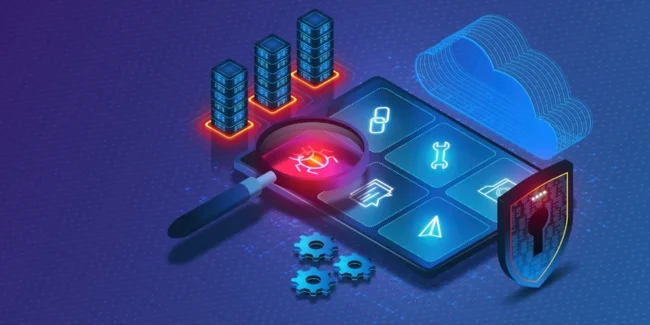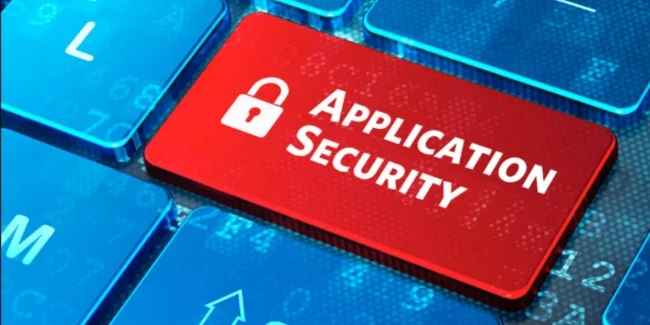

Application Security in 2025: Key Strategies for Safer Software


As applications change, so do the threats they face. 2025 is changing the way security works. With all these AI technologies and growing threats, businesses must prioritize security from the very beginning. At Introduct, we emphasize proactive security strategies to mitigate risks and ensure robust applications. In this blog post, we’re going to talk about security measures and approaches. Let’s start!
The Changing Landscape of Application Security Measures
Nowadays, more companies rely on software-driven models as digital transformation continues to expand. But, at the same time, these changes bring new challenges. One vulnerability can break down the whole system and cause cyber threats. So, considering this, businesses must think about their security measures throughout development rather than relying on reactive approaches.
1. Integrating DevSecOps for Continuous Security
Old security methods often detect problems too late. DevSecOps integrates security throughout development, using tools like Static (SAST), Dynamic (DAST), and Interactive (IAST) Application Security Testing.
By automating security checks in CI/CD pipelines, DevSecOps can find issues at the early stage, which will help minimize costs and risks. However, security experts are still needed to fine-tune these tools and analyze results.
2. Strengthening Software Supply Chain Security (SSCS)
Many apps use third-party components like open-source libraries and APIs. Such an approach is really helpful, but at the same time, it comes with some risks. The Log4j case showed how a flaw in one library affected thousands of companies.
SSCS helps manage these risks with tools like Software Composition Analysis (SCA) and Software Bills of Materials (SBOMs). These tools track software dependencies and identify issues before they cause any problems and breakdowns.
3. Implementing Application Security Posture Management (ASPM)
With the growing amount of security solutions companies use, it becomes harder to manage security data. ASPM centralizes security metrics, providing real-time visibility into application security health.
As cloud apps continue to grow, many companies also use SaaS Security Posture Management (SSPM) to monitor cloud services, settings, and user access.
Choosing the Right Security Strategy
First and foremost, it’s identifying a security strategy that is ideal for the company’s needs. Companies that use security measures for the first time might consider starting with DevSecOps. Those using third-party software should adopt SSCS, while businesses with many security tools benefit from ASPM.
At Introduct, we help businesses implement tailored security measures and strategies and make their business website, and apps the most secure place. Contact Introduct today to enhance your security posture for 2025 and beyond.
More Articles

DeepSeek: The Chinese AI that has the world talking DeepSeek: The Chinese AI that has the world talking
We at Introduct, keep a careful eye on new technologies. That’s why we keep you updated on all the latest trends and innovations in technologies and AI. Probably, everyone’s heard about DeepSeek, a Chinese AI startup that is causing a stir around the world. But what makes it so innovative and makes everyone talk about […]

The Role of Ethical AI in Business Transformation with Gen AI The Role of Ethical AI in Business Transformation with Gen AI
At Introduct, we believe Gen AI has the power to revolutionize industries. We can see every day how industries are changing due to AI. The impact of Gen AI is still to be uncovered, so businesses need to use it carefully and responsibly. Gen AI is not just about making things easier, but also about […]
